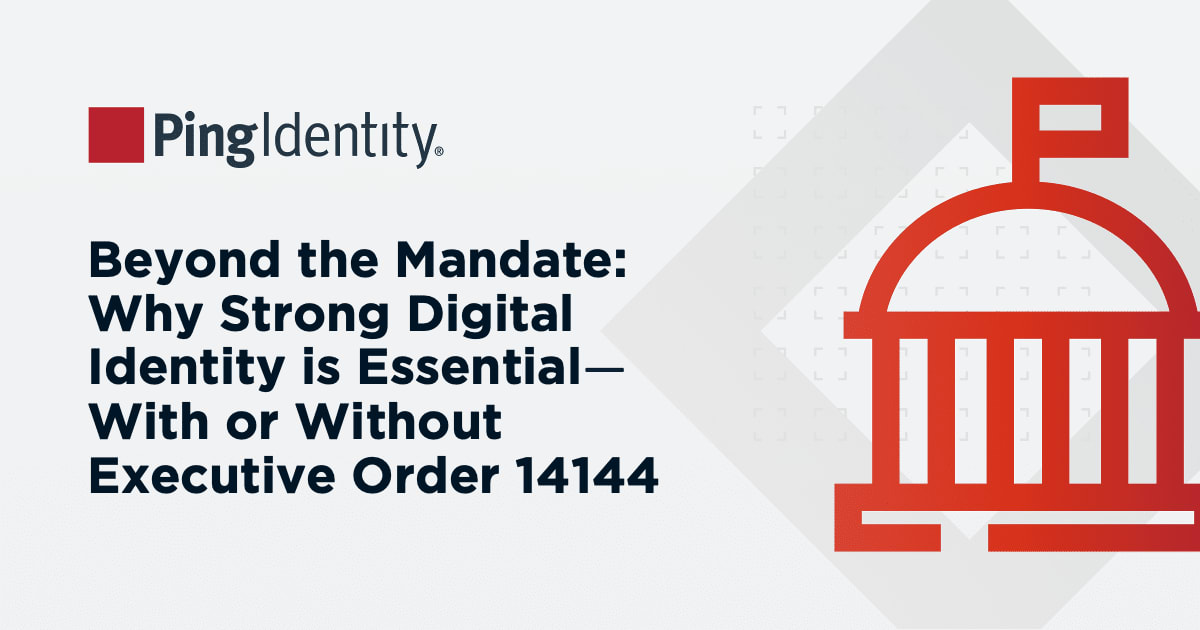Identity Access Management (IAM) is an integral component of embedded finance. There are a number of benefits that come with using IAM in any digital ecosystem.
Identity Verification and Authentication
Robust identity verification and authentication processes are a must when incorporating or launching an embedded finance feature. ExtensibleIAM solutions leverage third-party biometrics, identity verification, and risk management technologies to enable secure and seamless identity proofing as well as continuous risk-based authentication.
Authorization
Having a converged IAM Solution in place helps increase customer confidence to authorize third-party providers to access their credit or financial information. For instance, they may feel uncomfortable logging into their bank account through a non-financial website if they don't trust that the right IAM protocols are in place.
To illustrate the importance of proper authorization, here are three common use cases
- Financial service providers (FSIs) can grant authorization to trusted third-party providers (TPPs) to access customer data via secure APIs. This is particularly relevant in Open Banking scenarios, where regulatory compliance is essential.
- Customers can authorize their FSI to share specific data with a TPP. In scenarios involving decentralized identity, users have the flexibility to permit only particular identity attributes to be shared, enhancing privacy and control over their personal information.
- Customers can also authorize their FSI to share their financial data with general third-party providers. This enables them to receive personalized offers and services, tailored to their financial profile and preferences.
The Importance of IAM in Embedded Finance
Incorporating embedded finance into any business model requires many providers and applications working together. There are three specific use cases for the identity management lifecycle:
- Customers can consent to their data being shared with a TPP to receive embedded finance offers.
- Customers can view and revoke their consent when appropriate.
- Customers can self-service and specify what information is shared with whom and when.
Regulatory Compliance
It's important to keep user data secure and private, especially when collecting and storing financial data. Organizations must have plans in place to prevent data breaches. IAM solutions can help with this by providing consistent authentication experiences across multiple apps and consent and privacy management to stay in line with the latest regulatory requirements. In Europe, the proposed Financial Data Access framework (FIDA), payment services regulation (PSR1), and new payment services directive (PSR3) will be critical in driving growth in embedded finance services.
Enhancing User Experience
To maximize the benefits of CIAM, users need to have a smooth experience. The goal is to improve experience, increase loyalty, and maximize upsell as well as customer lifetime value. For new customer segments, it's about capturing new customers at a sustainable price in a scalable fashion.
Users should experience a seamless journey without feeling like they are navigating multiple platforms or APIs. Personalization is crucial, with providers closely understanding and catering to user needs. CIAM creates a frictionless process for both registering and signing onto different accounts.
Plus, CIAM provides personalized services that focus on the right questions for authentication, rather than overburdening them with too many steps. Ultimately, a positive user experience increases the chances of a user returning to the website.


